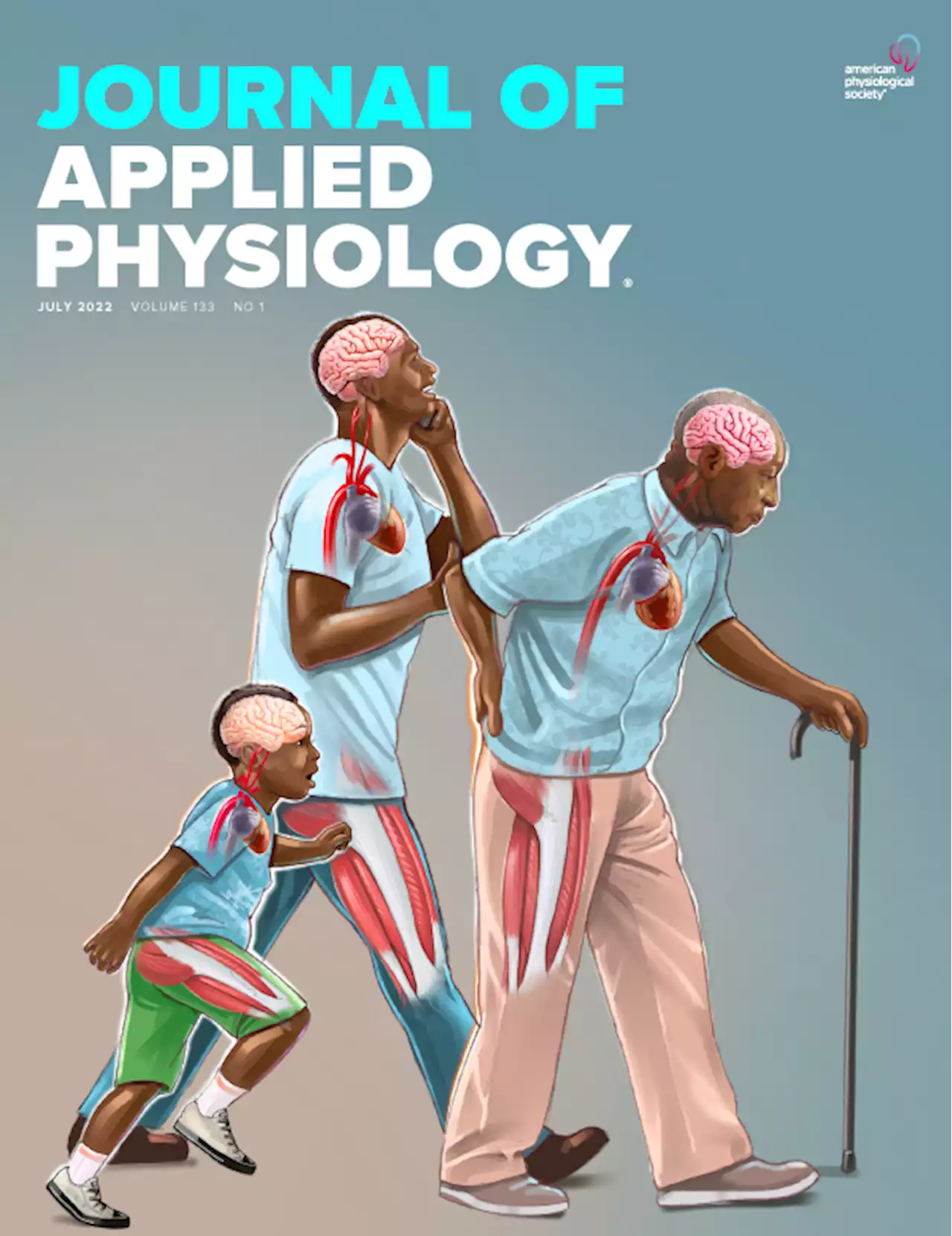Over 100 former players were surveyed, and weigh in on: ◽️ Better career: Ronaldo or Messi? ◽️ Did they tackle with intent to injure? ◽️ Is it harder today to be a footballer? DTAthletic has the results:
One in three footballers deliberately set out to hurt an opponent during their playing days, according to a survey by The Athletic which also revealed shocking new evidence about players doping and the dangerous number of times they were made to play on despite suffering head injuries.
More than half say they consider it to be more difficult to be a footballer today, despite all the vast riches within the sport, and 62 per cent explain their reasons by pointing at social media platforms such as Twitter and Instagram. The survey was conducted anonymously to make it easier for former players to answer truthfully without fear of it being used against them. These included formerchampions and internationals, with 11 per cent of those taking part estimating they would be valued from £40million to £80million or even higher in today’s transfer market.
Three of the players who took part admitted they had taken part in doping at some stage of their career. Two of those said it was unintentional and that it had not been a deliberate attempt to cheat the system. The third, however, admitted to knowingly taking banned substances. In total, there were 35 questions ranging from whether the players wore black boots to their analysis of the two superstars who have dominated the sport for the best part of two decades.
South Africa Latest News, South Africa Headlines
Similar News:You can also read news stories similar to this one that we have collected from other news sources.
 New Overwatch 2 users will have to play 100 matches to unlock all original heroes | VGCOverwatch 2 players who are new to the series will have to play 100 matches to unlock all the original heroes. In-game chat and competitive modes will also be locked until players meet certain requirements
New Overwatch 2 users will have to play 100 matches to unlock all original heroes | VGCOverwatch 2 players who are new to the series will have to play 100 matches to unlock all the original heroes. In-game chat and competitive modes will also be locked until players meet certain requirements
Read more »
 Glasgow woman who worked in the shipyards turns 100A WOMAN who worked on Glasgow’s shipyards during the Second World War is celebrating her 100th birthday.
Glasgow woman who worked in the shipyards turns 100A WOMAN who worked on Glasgow’s shipyards during the Second World War is celebrating her 100th birthday.
Read more »
 Ward Hadaway: Safeguarding success of digital businessesSafeguarding success of digital businesses and the challenges faced in our region is explained in the yorkshirepost by expert Bill Goodwin, a partner and head of IT/IP at Leeds-based law firm WardHadaway. Read his article in full here ad
Ward Hadaway: Safeguarding success of digital businessesSafeguarding success of digital businesses and the challenges faced in our region is explained in the yorkshirepost by expert Bill Goodwin, a partner and head of IT/IP at Leeds-based law firm WardHadaway. Read his article in full here ad
Read more »
 New Clyde bridge linking Govan and Partick due for completion in 2024IT is one of 100 piles which will be installed and is the first visible sign of progress on the new Govan to Partick bridge which will not only link…
New Clyde bridge linking Govan and Partick due for completion in 2024IT is one of 100 piles which will be installed and is the first visible sign of progress on the new Govan to Partick bridge which will not only link…
Read more »
 Arrests after 'German fans' in England hats storm pubPolice made four arrests after a group of about 100 men assaulted customers at a pub near Wembley Stadium before England's match with Germany on Monday.
Arrests after 'German fans' in England hats storm pubPolice made four arrests after a group of about 100 men assaulted customers at a pub near Wembley Stadium before England's match with Germany on Monday.
Read more »
 Sex differences in human running performance: smaller gaps at shorter distances? | Journal of Applied PhysiologyHuman, but not canine or equine running performance, is significantly stratified by sex. The degree of stratification has obvious implications for classification and regulation in athletics. However, whether the widely cited sex difference of 10-12% applies equally to sprint and endurance running events is unknown. Here, different determining factors for sprint (ground force/body mass) vs. endurance performance (energy supply & demand) and existing trends, led us to hypothesize that sex performance differences for sprint running would increase with distance and be relatively small. We quantified sex performance differences using: 1) the race times of the world's fastest males and females (n=40 each) over a 15-year period (2003-2018) at nine standard racing distances (60-10,000m), and 2) the 10-meter segment times of male (n=14) and female (n=12) athletes in World Championship 100-meter finals. Between-sex performance time differences increased with sprint event distance [60m-8.6%, 100m-9.6%, 200m-11.0%, 400m-11.7%] and were smaller than the relatively-constant mean (12.4±0.3%) observed across the five longer events from 800-10,000 meters. Between-sex time differences for the 10-meter segments within the 100-meter dash event, increased throughout spanning 5.6% to 14.2% from the first to last segment. We conclude that sex differences in sprint running performance increase with race and running distance.
Sex differences in human running performance: smaller gaps at shorter distances? | Journal of Applied PhysiologyHuman, but not canine or equine running performance, is significantly stratified by sex. The degree of stratification has obvious implications for classification and regulation in athletics. However, whether the widely cited sex difference of 10-12% applies equally to sprint and endurance running events is unknown. Here, different determining factors for sprint (ground force/body mass) vs. endurance performance (energy supply & demand) and existing trends, led us to hypothesize that sex performance differences for sprint running would increase with distance and be relatively small. We quantified sex performance differences using: 1) the race times of the world's fastest males and females (n=40 each) over a 15-year period (2003-2018) at nine standard racing distances (60-10,000m), and 2) the 10-meter segment times of male (n=14) and female (n=12) athletes in World Championship 100-meter finals. Between-sex performance time differences increased with sprint event distance [60m-8.6%, 100m-9.6%, 200m-11.0%, 400m-11.7%] and were smaller than the relatively-constant mean (12.4±0.3%) observed across the five longer events from 800-10,000 meters. Between-sex time differences for the 10-meter segments within the 100-meter dash event, increased throughout spanning 5.6% to 14.2% from the first to last segment. We conclude that sex differences in sprint running performance increase with race and running distance.
Read more »
